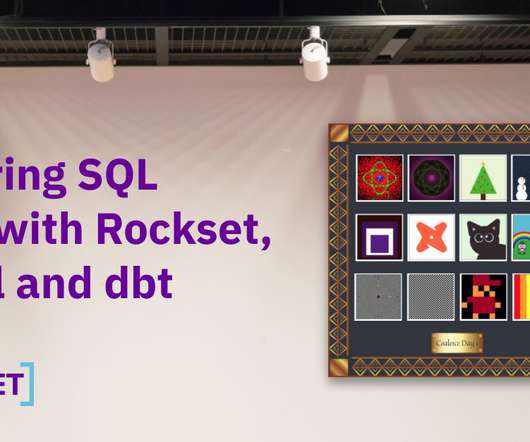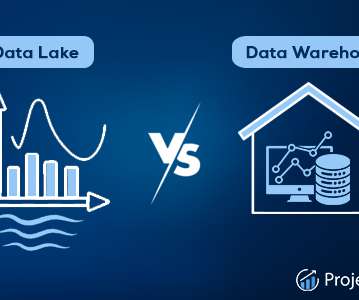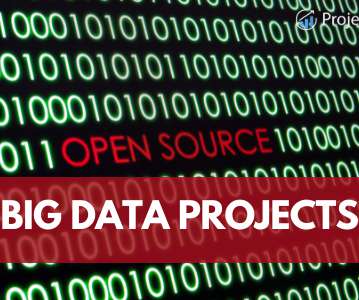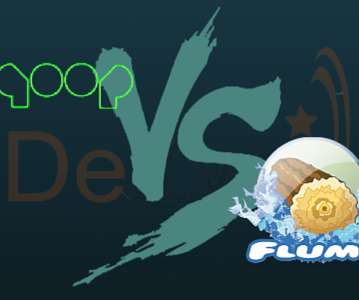Powering SQL Draw with Rockset, Retool and dbt
Rockset
DECEMBER 17, 2021
As a key-value NoSQL database, storing and retrieving individual records are its bread and butter. For those unfamiliar, DynamoDB makes database scalability a breeze, but with some major caveats.





















Let's personalize your content